- Published on
Exploring Vertical Take-off/Landing (VTOL) Technologies
- Authors
- Name
- Vinamr Arya
Introduction
Vertical Take-Off and Landing (VTOL) technology is not just for sci-fi movies or military applications anymore. It's increasingly finding its way into the world of drones and Unmanned Aerial Vehicles (UAVs). These flying marvels are set to redefine aerial surveillance, package delivery, and even human transportation. But what makes them tick? This blog post aims to dissect the technology that powers these machines, focusing on their types, unique configurations, and the challenges they face.
Types of VTOL Drones and Their Unique Challenges
-
Tiltrotor Drones
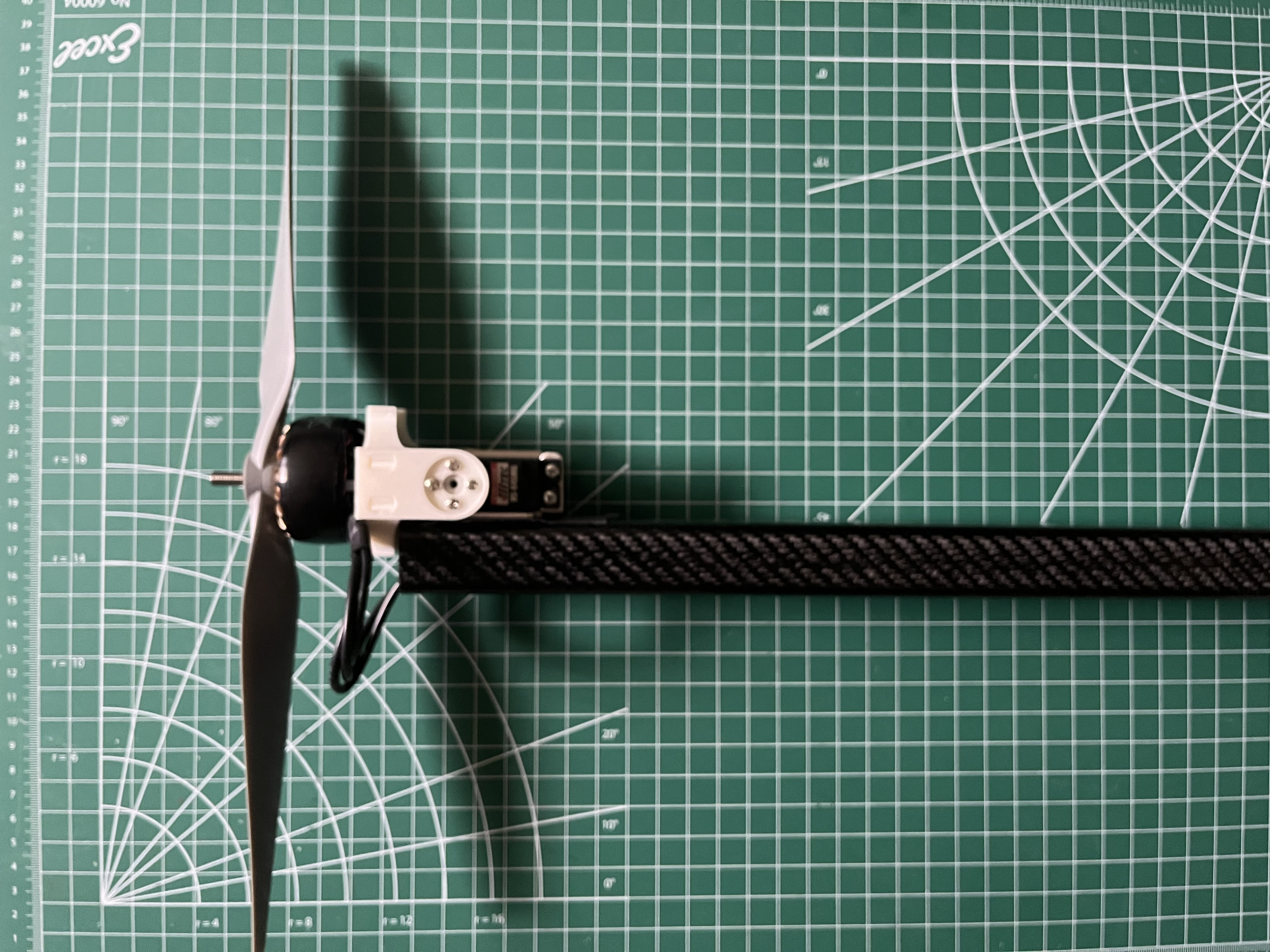
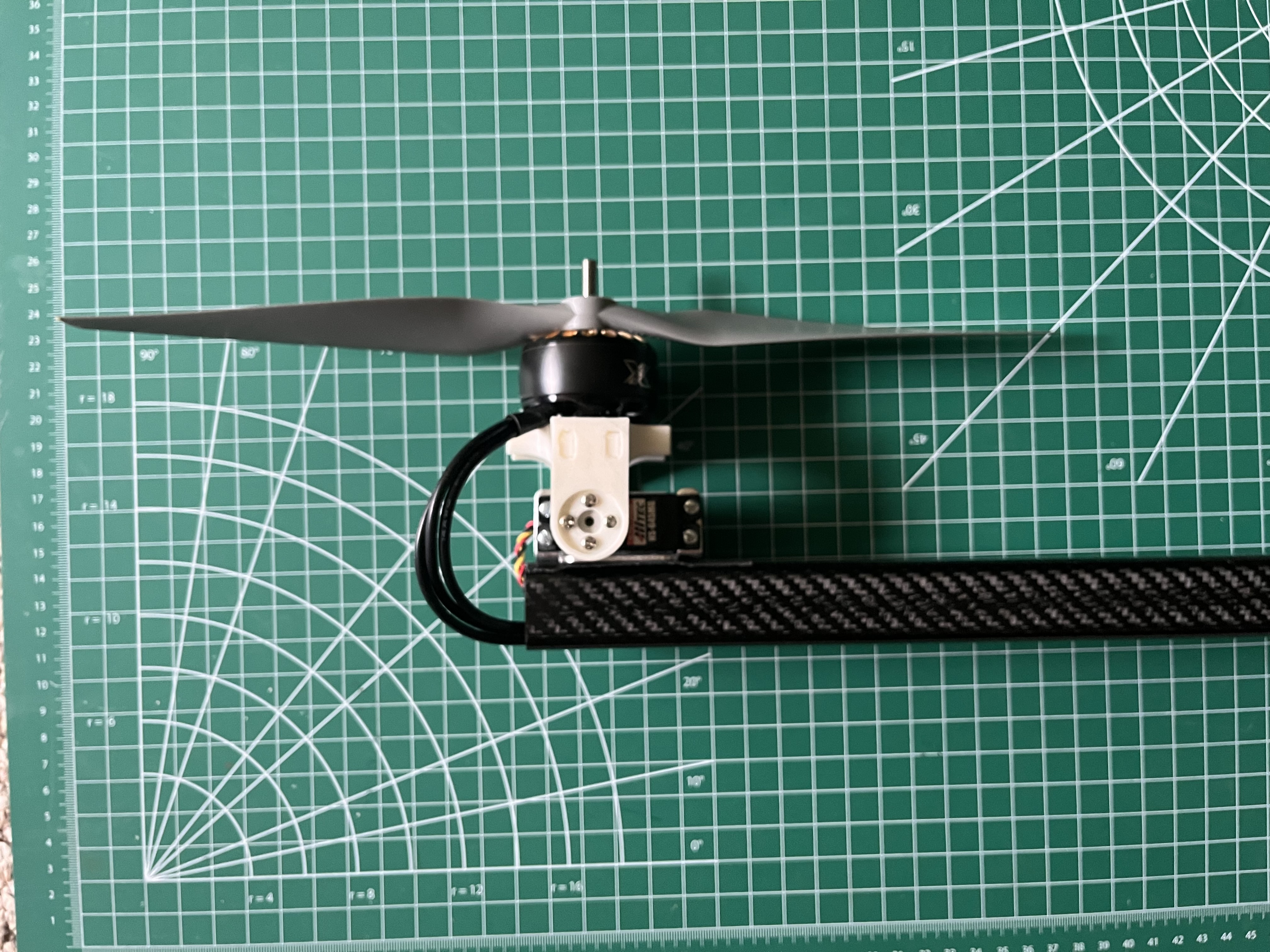
Tiltrotor drones, exemplified by models like the Bell V-280 Valor, are fascinating because they combine the best of both worlds: the vertical lift capability of helicopters and the speed and range of fixed-wing aircraft. However, this dual capability comes at a cost. The rotors in these drones are optimized for either hovering or forward flight but not both. While Variable Pitch Propellers (VPP) can be added to improve efficiency, they introduce additional weight and mechanical complexity. Furthermore, the control systems have to be extraordinarily sophisticated to manage the transition between the two flight modes seamlessly.
-
Tiltwing Drones
Tiltwing drones, like the L3Harris Aerial Reconfigurable Embedded System (ARES), take the tiltrotor concept a step further by tilting the entire wing for different phases of flight. This design choice brings its own set of challenges. The tilting mechanism can create aerodynamic inefficiencies and also places additional stress on the airframe, requiring robust materials and advanced engineering solutions to maintain structural integrity.
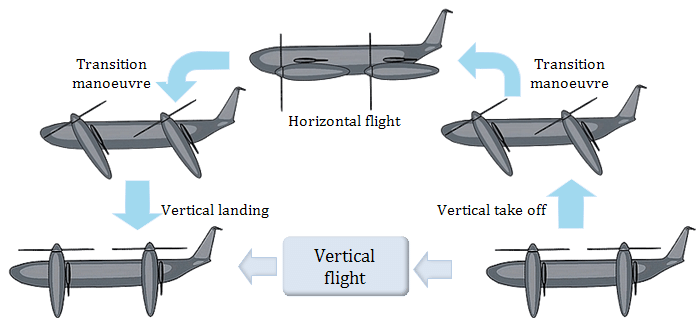
-
Tail Sitters
Tail sitters, such as Google Wing, are unique in that they take off and land on their tails. Once airborne, they transition to horizontal flight. This configuration poses challenges in stability, especially during takeoff and landing when wind conditions can make them particularly vulnerable. For UAVs, the control systems must be robust enough to manage these transitions and maintain stability.
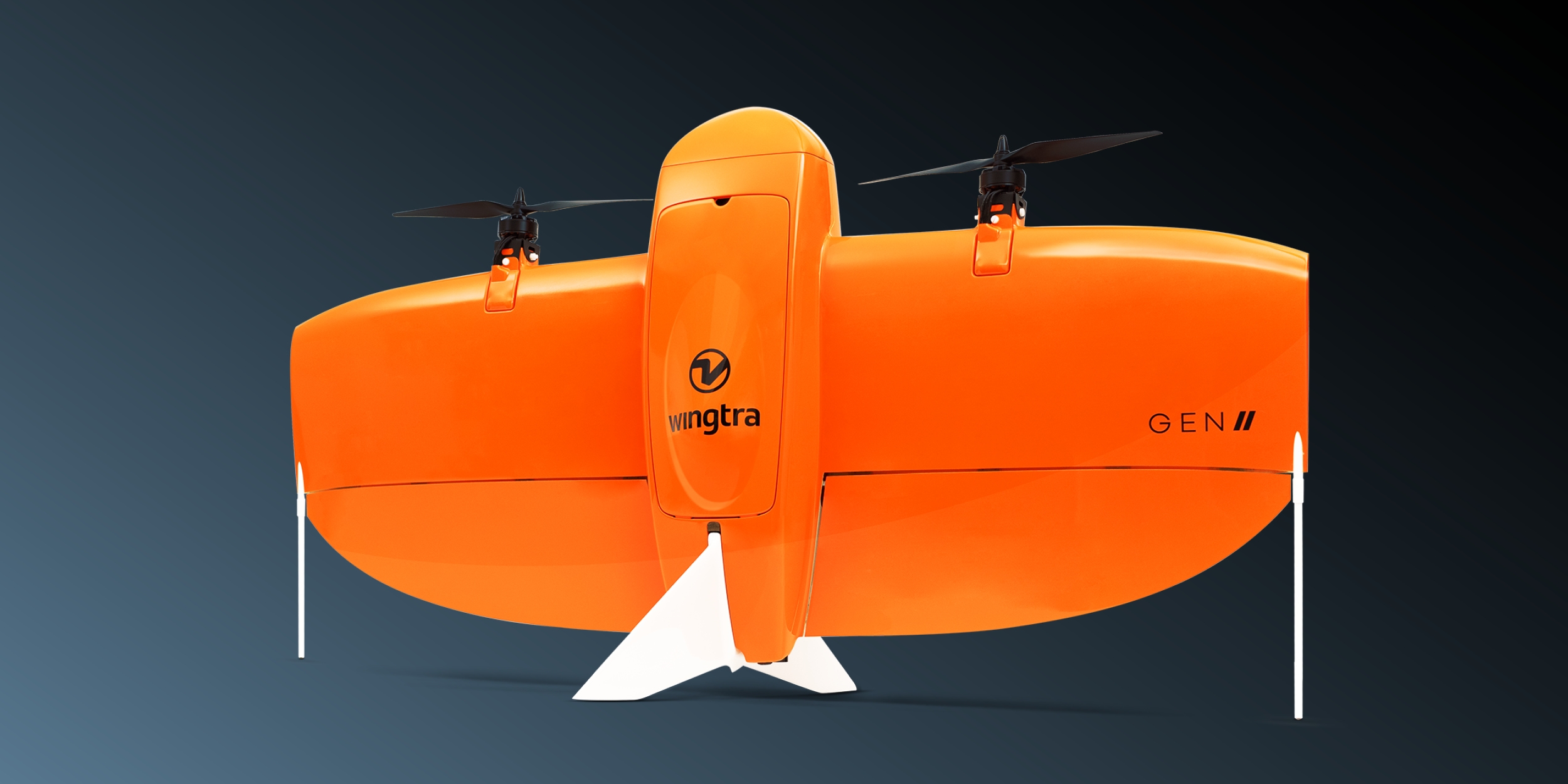
-
Quadplanes
Quadplanes feature a combination of four vertical rotors for lift and a traditional propeller for forward flight. This configuration offers the simplicity of a quadcopter for takeoff and landing, along with the efficiency of a fixed-wing drone for cruising. However, the challenge lies in integrating these two different flight modes into a single control system and managing the transition between them.
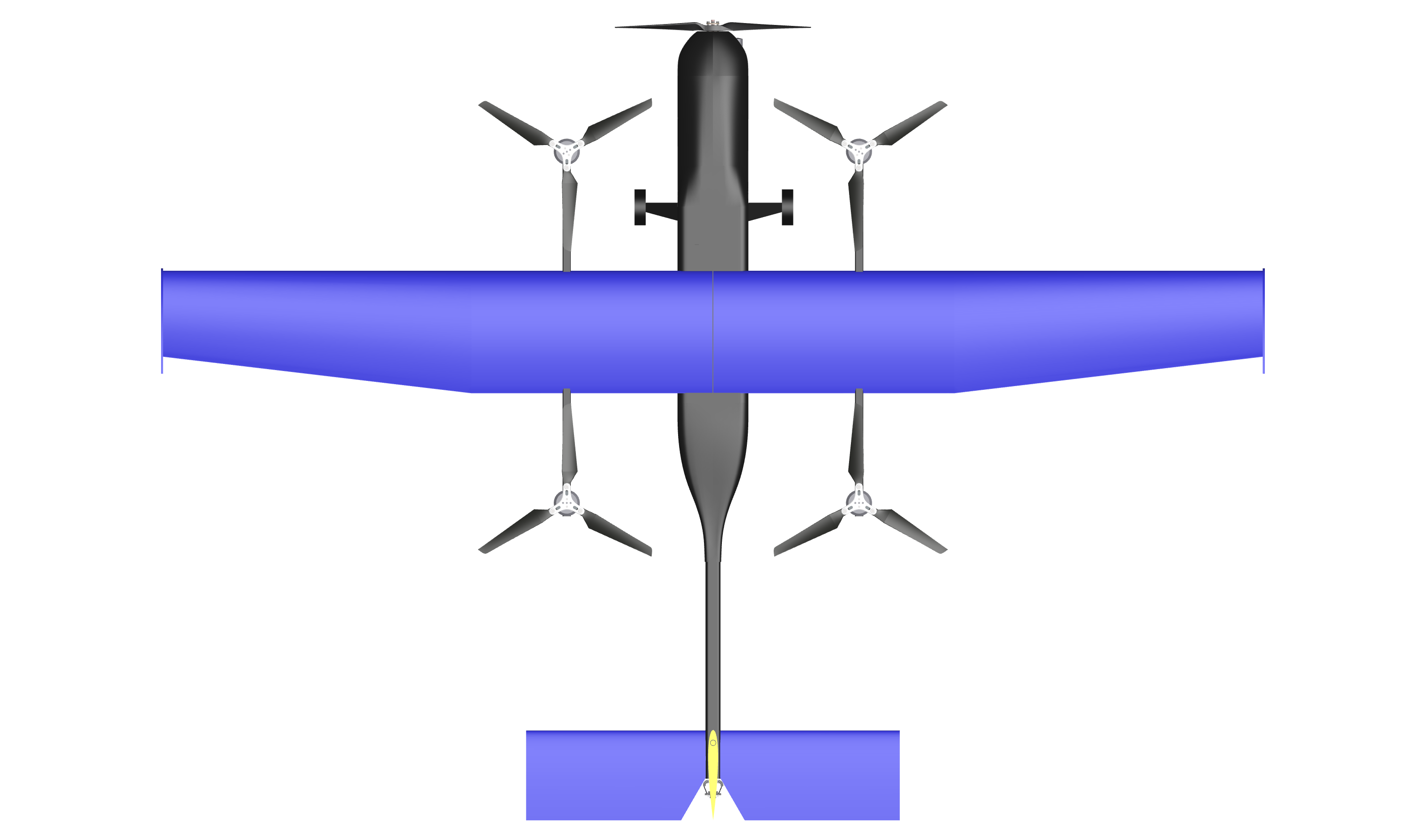
Propulsion Technologies: The Heart of VTOL Drones
Electric batteries are the most common propulsion technology in consumer VTOL drones, offering the advantages of quiet operation and zero direct emissions. However, they are limited by relatively short flight times and long recharging periods. Hybrid systems, which combine internal combustion engines with electric motors, offer extended range and flight time but introduce the complexity of managing two different types of propulsion systems. An emerging alternative is hydrogen fuel cells, which offer the promise of quick refueling and extended range, although challenges remain in terms of hydrogen storage and infrastructure.
Conclusion
The realm of VTOL drones and UAVs is as complex as it is promising. Each type of VTOL has its own unique set of challenges, whether it's the mechanical complexity of tiltrotors, the aerodynamic inefficiencies of tiltwings, or the stability issues of tail sitters. As technology continues to advance, it's likely that we'll see even more innovative solutions to these challenges, bringing us closer to a future where VTOL drones are a common sight in our skies.